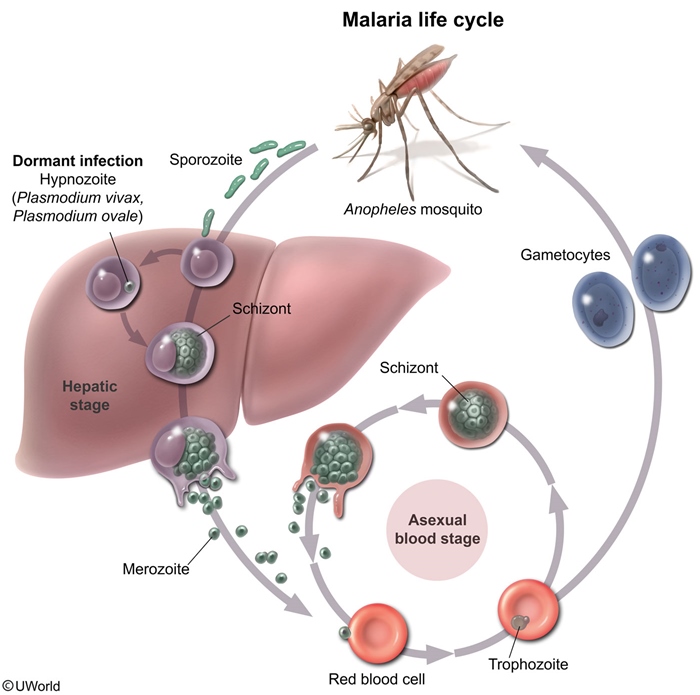Overview Of Protozoal Infections And Antiprotozals
Article Sections
Introduction
Protozoa (Table 1) are microscopic unicellular eukaryotes found in most habitats worldwide. They were first visualized in 1674 by Antonie van Leeuwenhoek using a single-lens microscope. Protozoal infection can be commensal or pathogenic depending on the organism, the immune status of the host, and the prevalence of the protozoal organism within a region. Protozoa often have complex lifecycles that include alterations in pathogen structure or host environment during different stages. Treatment must be tailored to local resistance patterns and may require a species-specific medication.
Protozoal infections
Pathogenic protozoa are typically transmitted by the fecal-oral route or by insect bite (eg, mosquitos, ticks, bugs) (Table 2). In humans, protozoal disease most commonly occurs in the intestines, bloodstream, or genitourinary tract; however, immunocompromised hosts are at risk for a wider array of illnesses by various protozoa, some of which may attack other organs (eg, lungs, brain). A broad discussion of common protozoal illnesses in different organ systems follows.
Continue Learning with UWorld
Get the full Overview Of Protozoal Infections And Antiprotozals article plus rich visuals, real-world cases, and in-depth insights from medical experts, all available through the UWorld Medical Library.
Images

